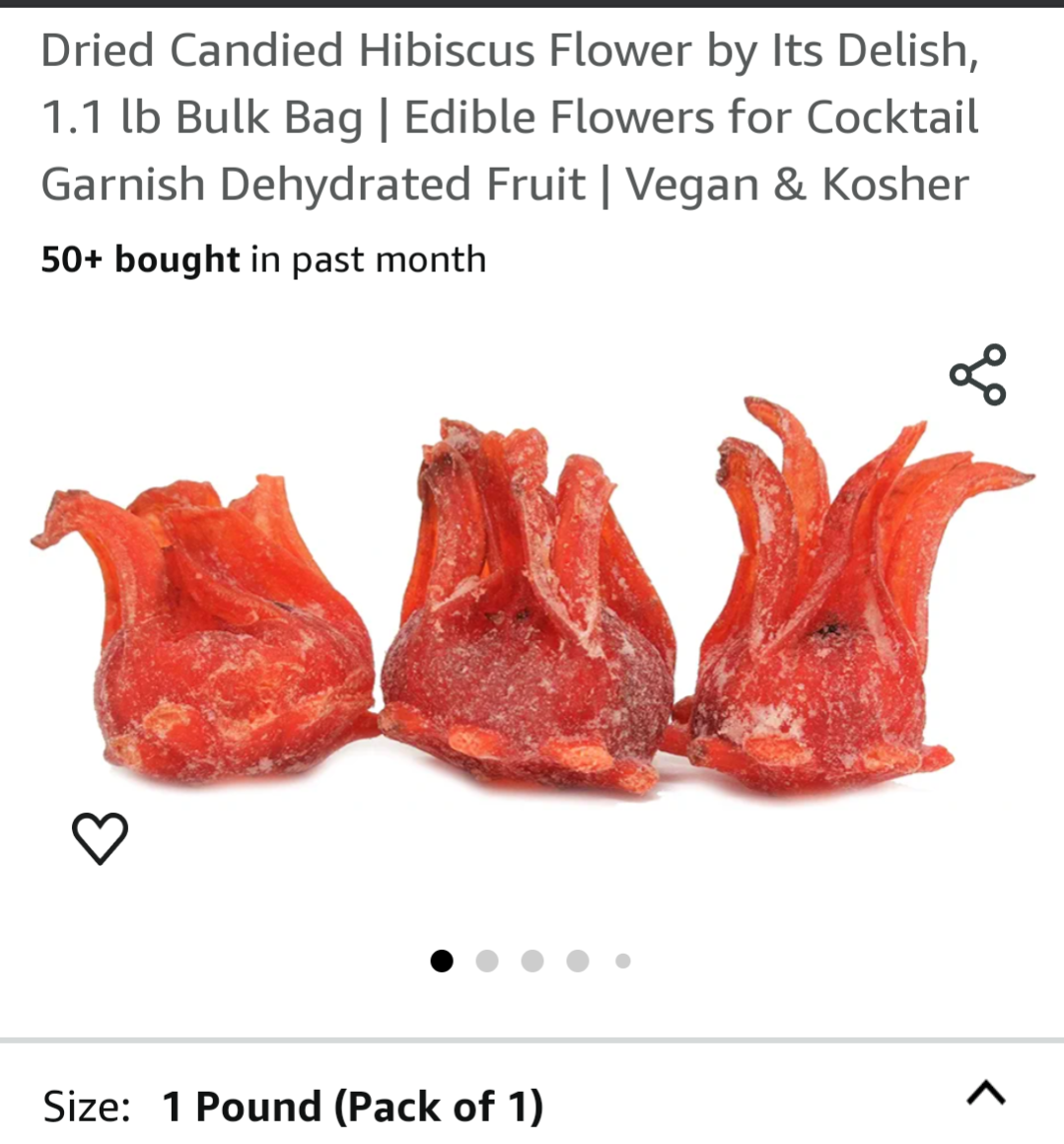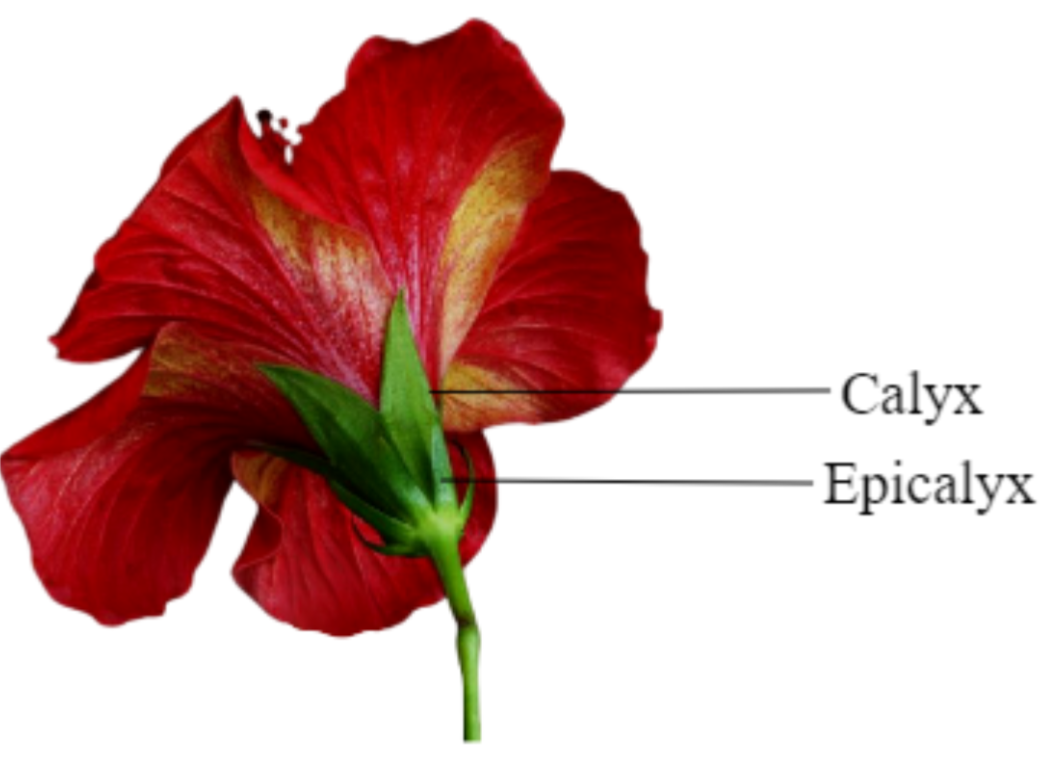You're viewing part of a thread.
It's actually made with the calyx rather than the petals, same as with hibiscus tea.
1 0 Replyare you sure? a lot of the ones I looked up look like they dehydrate the petals. the recipes call for the flower rather than the calyx.

1 1 ReplyYup, those are calices, it's the bottom part of the flower, that holds the petals together.
1 0 ReplyI thought the calyx was the green part that holds the flower by its base.
like this?

and the flavor they're talking about sounds like hibiscus petals, which are supposed to be citrusy.
1 0 ReplyYou can also eat the petals, but the stuff you'll find commercially are calices. I assume the petals are perhaps too fragile to process ? https://www.tyrantfarms.com/hibiscus-a-tasty-addition-to-your-edible-landscape-or-garden/#edible-parts-hibiscus-sabdariffa
1 0 Replyno, apparently the petals are much thicker than I thought they were, which is funny because I grew up with them.
but all of these candied snacks and hibiscus tea and everything calls for the petals.
1 0 ReplySuit yourself I guess, it's a common misunderstanding.
1 0 Reply“it's a common misunderstanding.”
green and pink?
every source I could find says the pink calyx with the seeds removed is used as candied snacks, not the green part of the stem holding the flower.
you have the name right, but you're mixing up your plant parts.
The green one you're thinking of is the epicalyx.
The calyx is a smaller structure inside the epicalyx and outside of the petals holding the petals by the base.
1 0 ReplyThe calyx is red (and the petals are yellow/white) on hibiscus sabdariffa, which is the species they use commercially.
1 0 Replyapparently you can eat every part of the hibiscus plant.
I'm going to try dehydrating the entire flower, petals included, to see how that works out.
1 0 ReplyThe picture you posted is of the wrong species, which I assume is why you were confused.
1 0 Reply